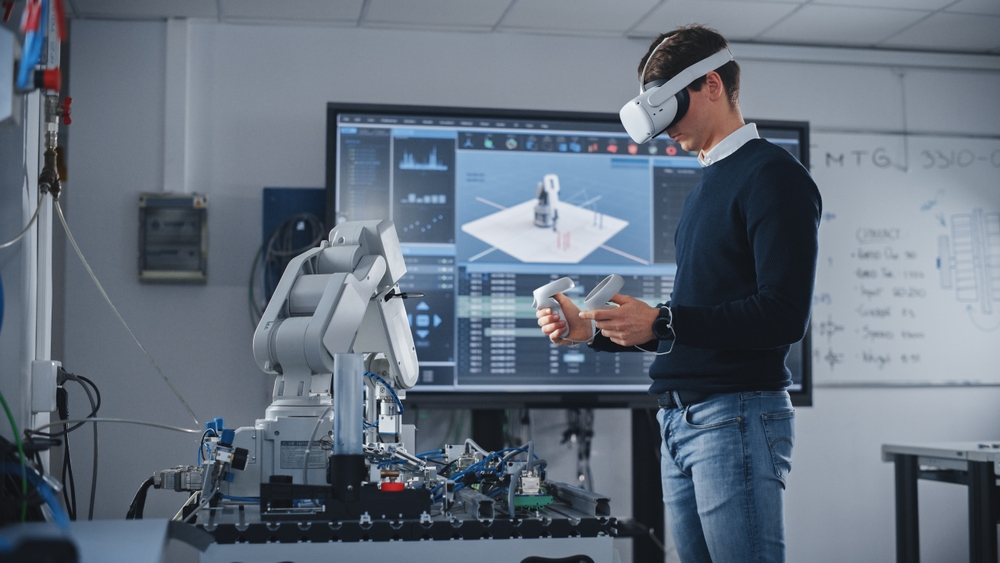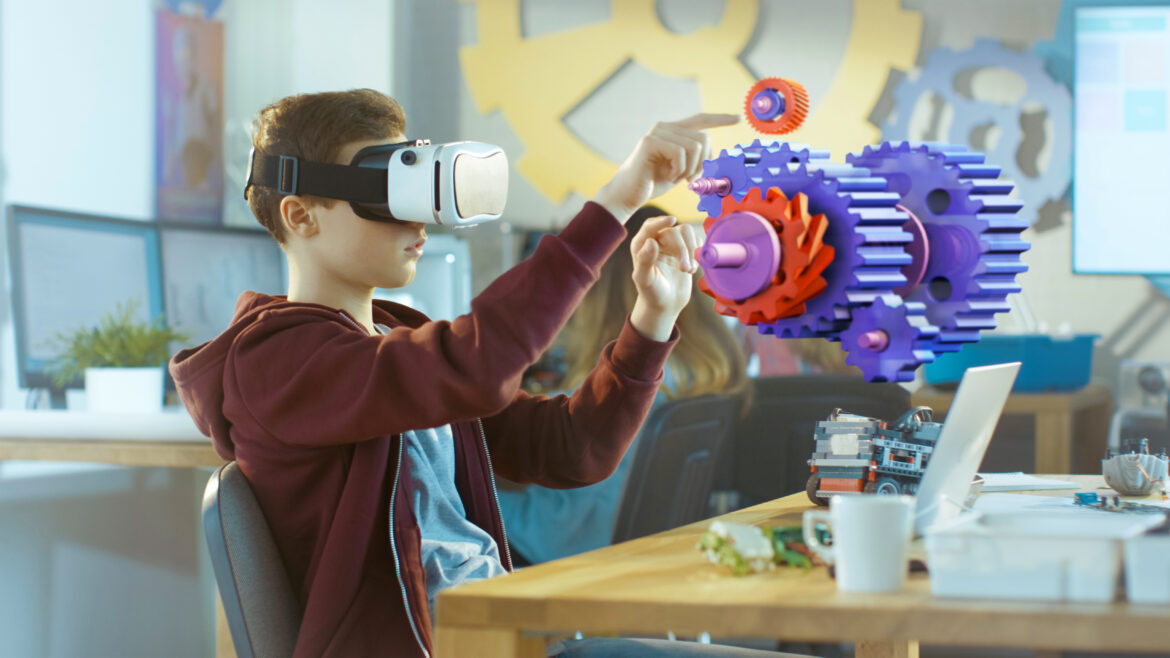Introduction:
In the age of information overload and attention deficit, traditional educational approaches often struggle to engage students effectively. However, an emerging trend is reshaping the landscape of education: the integration of entertainment elements into learning. This fusion of education and entertainment, often referred to as “edutainment,” holds immense potential to revolutionize education reform. By leveraging the captivating power of entertainment, educators can enhance engagement, foster deeper learning, and inspire students to become active participants in their own education journey.
The Power of Engagement:
One of the primary challenges in education is capturing and maintaining students’ attention. Traditional lectures and textbooks often fail to engage learners, leading to disinterest and disengagement. However, entertainment, with its ability to captivate and entertain, offers a compelling solution. Whether through interactive multimedia presentations, educational games, or engaging storytelling, educators can create learning experiences that are both informative and entertaining.

For example, educational games like “Math Blaster” and “Oregon Trail” have been successful in teaching students complex concepts while keeping them entertained. These games immerse players in interactive scenarios where they must apply critical thinking and problem-solving skills to progress, effectively blending learning with entertainment. Similarly, platforms like Khan Academy and TED-Ed utilize engaging videos and animations to make complex topics more accessible and enjoyable for learners of all ages.
Fostering Deeper Learning:
Beyond mere engagement, entertainment can also facilitate deeper learning by creating memorable and impactful experiences. When students are emotionally invested in the material, they are more likely to retain information and develop a deeper understanding of the subject matter. By incorporating elements such as storytelling, humor, and visual aids, educators can enhance comprehension and retention rates.
For instance, documentaries and educational films have long been used as teaching tools to bring historical events, scientific concepts, and social issues to life. Through compelling narratives and visual storytelling, these mediums not only educate but also provoke thought and discussion. Additionally, platforms like YouTube and educational podcasts offer a wealth of content that covers a wide range of topics in an engaging and accessible format, Enabling students to delve into their interests beyond the boundaries of the classroom.
Inspiring Active Learning:
Another key aspect of education reform is shifting from passive learning to active learning, where students take an active role in constructing their knowledge. Entertainment-based learning encourages this shift by empowering students to explore, experiment, and collaborate in their learning process. Whether through interactive simulations, virtual reality experiences, or collaborative projects, students are encouraged to become active participants rather than passive recipients of information.
For example, educational apps like Duolingo and Quizlet gamify the learning process by turning language learning and test preparation into interactive challenges and competitions. Similarly, project-based learning initiatives encourage students to work together to solve real-world problems, fostering critical thinking, creativity, and collaboration skills. By embracing entertainment as a tool for learning, educators can create dynamic learning environments that inspire curiosity, exploration, and innovation.
Challenges and Considerations:
While the integration of entertainment in education holds immense promise, it is not without its challenges and considerations. Educators must strike a balance between engagement and educational rigor, ensuring that entertainment does not overshadow the learning objectives. Additionally, there is a need for more research to understand the long-term impact of edutainment on learning outcomes and academic performance.
Furthermore, access and equity issues must be addressed to ensure that all students have equal opportunities to benefit from entertainment-based learning resources. Not all students have access to the latest technology or resources, and efforts must be made to bridge the digital divide and ensure that edutainment is accessible to learners from diverse backgrounds.
Embracing Innovation:
It’s crucial for educators to continually adapt and innovate in response to evolving technology and cultural trends. The landscape of entertainment is constantly evolving, with new platforms, formats, and storytelling techniques emerging regularly. By staying abreast of these developments and embracing emerging technologies such as augmented reality, artificial intelligence, and immersive storytelling, educators can create even more dynamic and engaging learning experiences. Moreover, fostering a culture of experimentation and creativity within educational institutions can empower educators to explore new approaches and adapt traditional curriculum to better meet the needs and interests of today’s learners. By embracing a spirit of innovation and collaboration, educators can leverage the full potential of entertainment in education reform, paving the way for a brighter and more engaging future of learning.

Conclusion:
In conclusion, the integration of entertainment in education represents a promising avenue for education reform. By harnessing the captivating power of entertainment, educators can enhance engagement, foster deeper learning, and inspire active participation among students. From interactive games and multimedia presentations to documentaries and virtual reality experiences, edutainment offers a wealth of opportunities to revolutionize the way we teach and learn. As we continue to explore the potential of entertainment-based learning, it is essential to address challenges and ensure that all students have access to quality educational experiences that are both informative and entertaining. Through collaboration and innovation, we can harness the power of lights, camera, and learning to transform education for generations to come.


